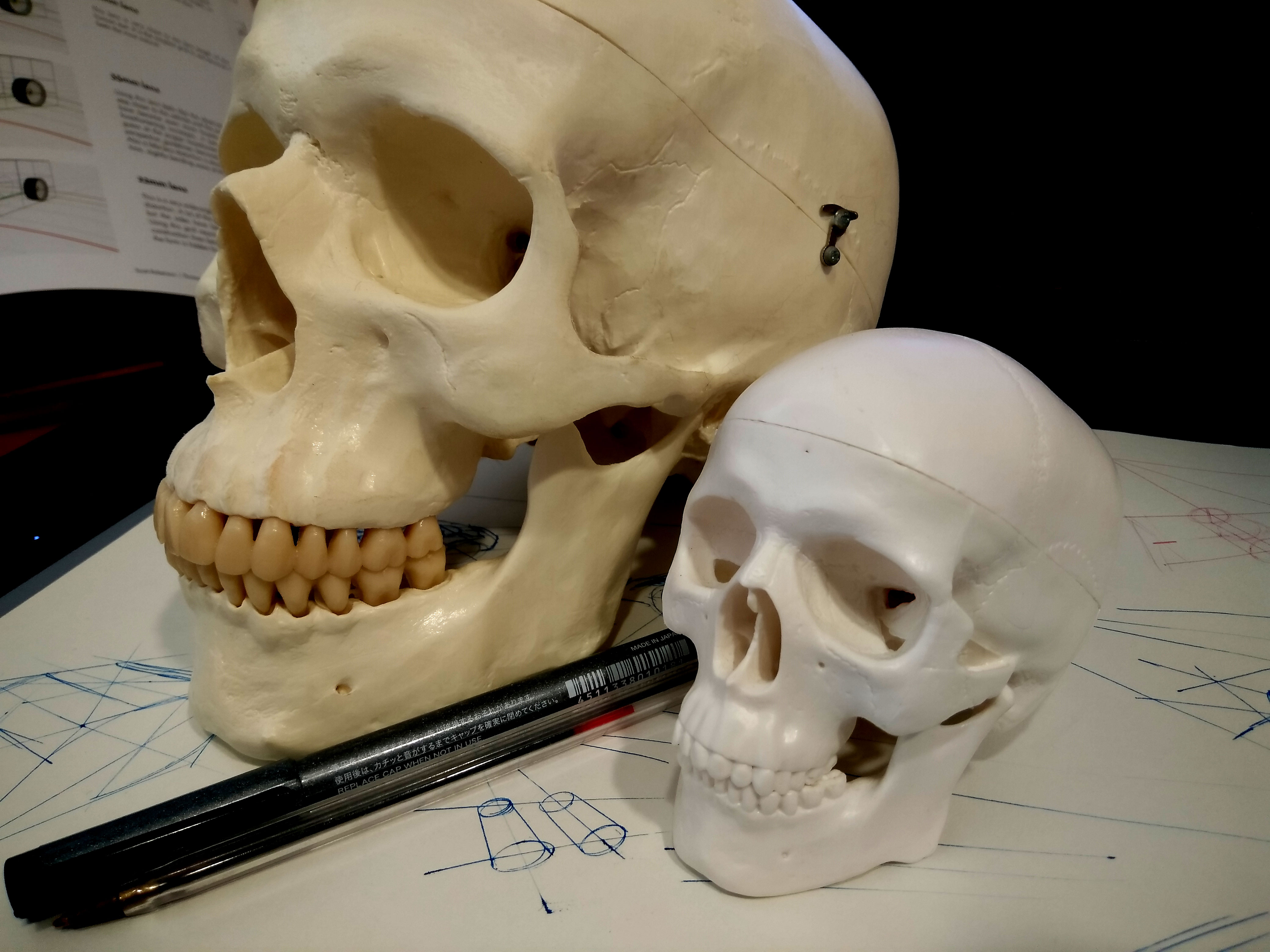Quote:I haven't been using a reference from which I don't want to be so reliant in using. I wanna be able to draw from the mind's eye.
That is the attitude every beginner has. It's wrong.
Use reference, analyze faces, practice. Once you get proficient at that, you'll be able to draw from your "mind's eye"
Don't put the cart before the horse! You cannot build a house from the second floor. You need to start from the ground, the base.
Things that might be helpful are getting a few drawing books like Andrew Loomis' Fun With A Pencil, Figure Drawing for All It's Worth, watching Proko etc.
You seem to lack knowledge of forms in 3D space. Your eyes are all "facing forward" when they should align with the forms for the face, classic beginner stuff.
For now, though
You can check out
www.drawabox.com and take it slow. It's not a race, it's a marathon :D
Drawing boxes in different perspectives and rotations will help you wrap you head around (pun intended) forms and get you antiquated with 3D space.
Draw through the boxes, too. It'll help reinforce that.
After you're comfortable, you can either -
Learn about the human skull, construct it, study it
AND/OR
Just collect a LOT of face reference and start studying them. Analyze, observe, draw, repeat.
(Loomis' "ideal" proportions are very helpful, too)
Just my opinion :D Good luck man! Looking forward to seeing some progress. USE REFERENCES, IT'S NOT A CRIME. It'll only help you.
You'll be drawing faces in no time!













![[Image: f2e0b98e01ca0b44599987605f333d41.jpg]](https://s-media-cache-ak0.pinimg.com/564x/f2/e0/b9/f2e0b98e01ca0b44599987605f333d41.jpg)


